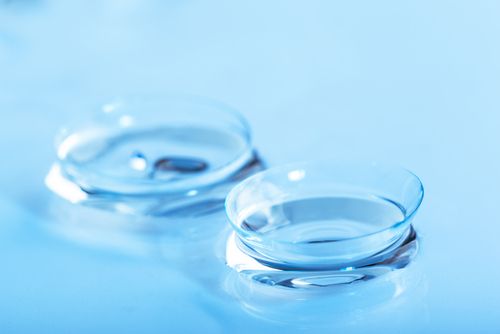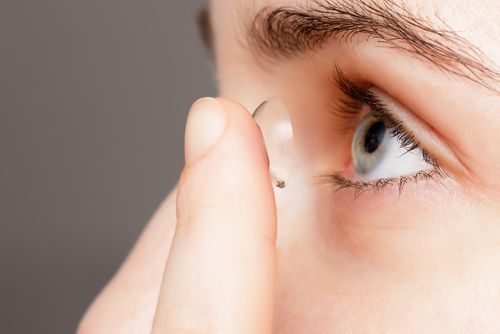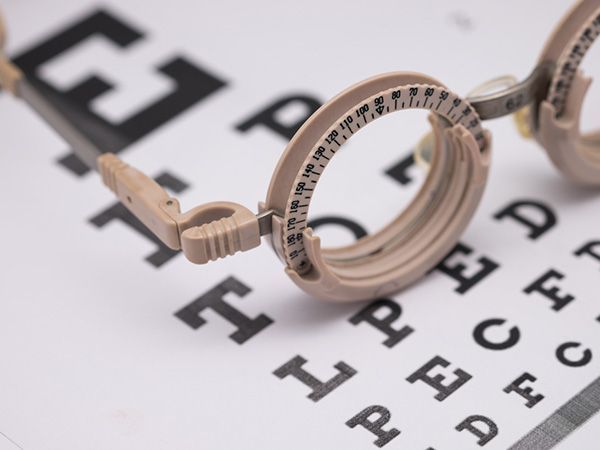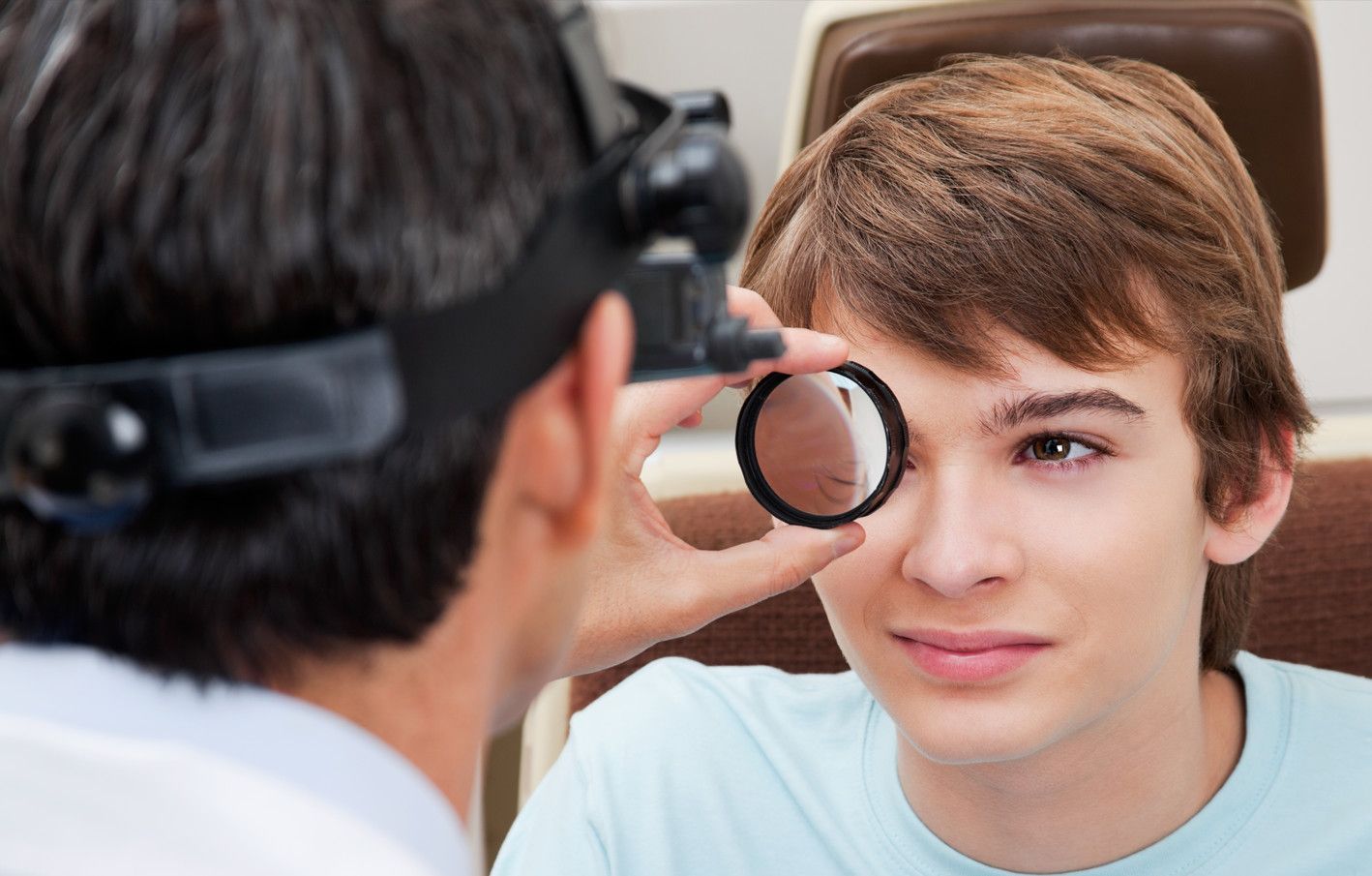Contact Lens Fitting and Evaluation
CONTACT LENS EVALUATION LEVELS
Patients that wear contact lenses require some special care by our doctors and staff. In addition to the eye exam, the doctor will provide services that are specific to the wearing and fitting of contact lenses. The doctor will evaluate the cornea for abnormalities that are specifically related to contact lens wear including corneal edema, corneal infiltrates corneal neovascularization, and endothelial cell loss. The cornea will also be assessed for signs of an improper fitting contact lens. The corneal diameter will be measured and compared to the current contact lens diameter to determine if any adjustment in lens size is needed. Corneal surface curvature, as well as the amount and axis of astigmatism, will be analyzed to see if any change in contact lens base curvature is warranted. Contact lens powers will be compared to the latest refractive findings so the doctor can decide if a prescription change is needed. All of the contact lens evaluation / fitting levels include these steps. However, some patients have visual needs that are much different than others, so we have broken the levels down into five categories.
CONTACT LENS LEVEL 1
This covers patients who are current contact lens wearers, who require minimal change it the contact lens prescription and no follow-up visits. The patient will be supplied with a trial lens and allowed to order up to a one year supply of contact lenses.

CONTACT LENS LEVEL 2
This covers patients who are current contact lens wearers, who require a change in the contact lens parameters. This may include changing the shape, size, brand, or prescription of the contact lens. A trial lens with the new parameters will be given at the initial visit if we have one in stock. If not, a trial will be ordered and the patient will need to return when the trial lenses arrive. The fit of the lens and the clarity of vision will be evaluated by the doctor, and any necessary changes will be made. One follow up visit will be required before the patient is allowed to order a supply of contact lenses.
CONTACT LENS LEVEL 3
This level is similar to level two, however, is used for contact lens parameter changes that will be more challenging, and will require more follow up care. This level is for patients who: have larger amounts of astigmatism or have had changes in the amount or axis of astigmatism, who are trialing monovision or have had a change in the monovision powers, or who are trialing multifocal contact lens or have had a change in multifocal powers. All trial lenses will be supplied as needed. Most patients at this level will require more than one follow up visit. All follow-up visits and trial lenses used will be included.

CONTACT LENS LEVEL 4
This level is primarily for patients who have never worn contact lenses before. Contact lenses are a medical device and proper training on the handling, insertion, removal, cleaning, and care of a contact lens is required by both the federal (FDA) and state (Texas Optometry Board) government. Once a patient decides they would like to wear contact lenses, the doctor will select the appropriate shape, size, and power for a trial contact lens. Detailed topographic mapping of the corneal surface will be taken to assist the doctor in selecting the best contact lens curvatures. Then a skilled paraoptometric technician will instruct the patient on the proper techniques for the insertion and removal of a contact lens. The patient is required to demonstrate that they are able to insert and remove the contact three times before they are allowed to take them home. The paraoptometric will also go over the proper hygiene, cleaning, storage, and handling for the contacts. After the patient has successfully learned to insert and remove the contacts the doctor will check the clarity of the vision and make any changes needed to provide the sharpest vision possible. The doctor will also assess the fit of the contact lens on the surface of the eye and the interaction of the contact with the eyelids. Frequently slight changes are made in the shape, size, or curvature of a contact lens to ensure the most stable, comfortable fit. Once the doctor is satisfied with the fit of the lens, and the vision it provides, the patient is cleared to leave with their new lenses. The patient will be scheduled for a follow-up visit one week later. At the follow-up visit, the doctor will re-assess the fit and the vision. If any changes are needed a new trial lens will be provided and the patient will be rechecked in another week. When the doctor is happy with how well the lenses fit and how well the patient sees, a supply of lenses can be ordered. All training, trial contacts, and follow up visits are included.

CONTACT LENS LEVEL 5
A level 5 is generally used for complex contact lens fits, that may require numerous trial lenses and follow up visits. The fitting of rigid gas permeable (RGP) lenses, bifocal and multifocal soft contact lenses, and monovision or modified monovision contacts often fall into this category. Specialty contact lenses for the treatment of eye conditions such as keratoconus, aniridia, and high astigmatism, may also require this level. These patients will need several modifications of the trial lens before the best fit and vision are achieved. They will usually have to be re-checked on multiple occasions over several weeks






